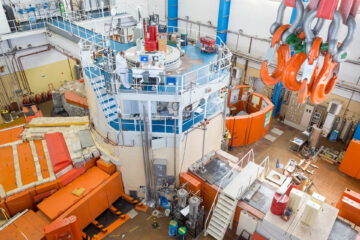News
Annual International Science Advisory Council meeting held in Budapest
The annual meeting of the BNC International Science Advisory Council (ISAC) will take place on April 23-24, 2024, in Budapest. The aim of the meeting is to review the current status of the BNC and Read more…





